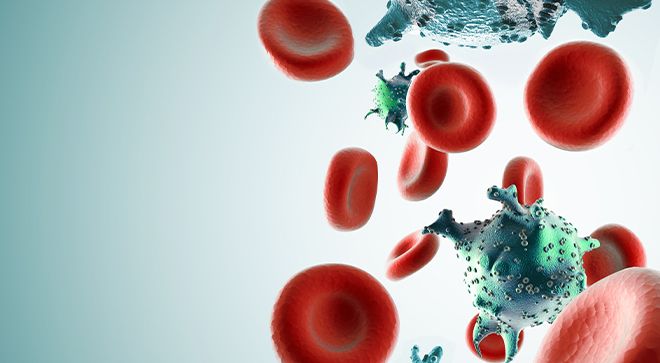Article
Exercise Before Androgen-Deprivation Therapy Starts Can Improve Quality of Life in Patients with Prostate Cancer
Author(s):
Patients with prostate cancer who were getting ready to receive androgen‐deprivation therapy (ADT) saw sustained improvements in quality of life and their cardiovascular events risk profile after taking part in a supervised exercise program
Patients with prostate cancer who were getting ready to receive androgen‐deprivation therapy (ADT) saw sustained improvements in quality of life and their cardiovascular events risk profile after taking part in a supervised exercise program, according to data published in BJU International.
“The problem is ADT has several side effects, including increased body fat, decreased cardiopulmonary fitness and increased fatigue,” study co-author Dr. Anthony Leicht, of James Cook University in Australia, said in a press release. “These can increase the risk of a cardiovascular event and reduce health-related quality of life.”
To assess whether exercise reduced the side effects associated with ADT in patients with newly diagnosed prostate cancer, researchers randomly selected 50 patients to either an exercise group (24) or control group (26). Patients within the exercise group completed three months of supervised aerobic and resistance training, which consisted of two weekly sessions for 60 minutes. Following the supervised exercise period, patients were instructed to take part in an additional three-month self-directed exercise program.
Patients in the control group did not receive any supervised exercise but were offered some supervised exercise sessions after they completed the study.
Difference in fat mass at three months was the study’s primary outcome, which the researchers selected because body fat has a high likelihood of increasing during the first three months of ADT. Additional outcomes included cardiopulmonary exercise testing variables, fatigue and quality of life.
The study design, according to Leicht, was different than previous studies evaluating these measures.
“What was important, and different from most other studies, was that the patients started the exercise program before the ADT treatment began,” he said. “Other studies have examined patients already undergoing treatment.”
Patients within the exercise group had a mean fat mass of 24.3 kilograms (kg), which decreased to a mean of 21.7 kg after three months of supervised exercise. Their mean fat mass slightly increased after the next three months to 22.7 kg but was still lower than the mean fat mass after six months in the control group (24.1 kg).
Following the first three months, patients within the exercise group had reduced fatigue compared with patients in the control group.
The differences in cardiopulmonary fitness and fatigue were not sustained after patients stopped the supervised exercise program, but the exercise group showed a significantly better quality of life compared with the control group.
Older populations may stop their supervised exercise programs because of costs or other reasons, Leicht noted, and that within three months of stopping their exercise they will likely see reductions in strength and physical function. But there are options out there to help the patients maintain their exercise routines.
“A more pragmatic approach such as home-based exercise or a shorter period of supervision with follow-on remote support could help get around these restrictions and provide measurable benefits to prostate cancer sufferers,” Leicht said.




